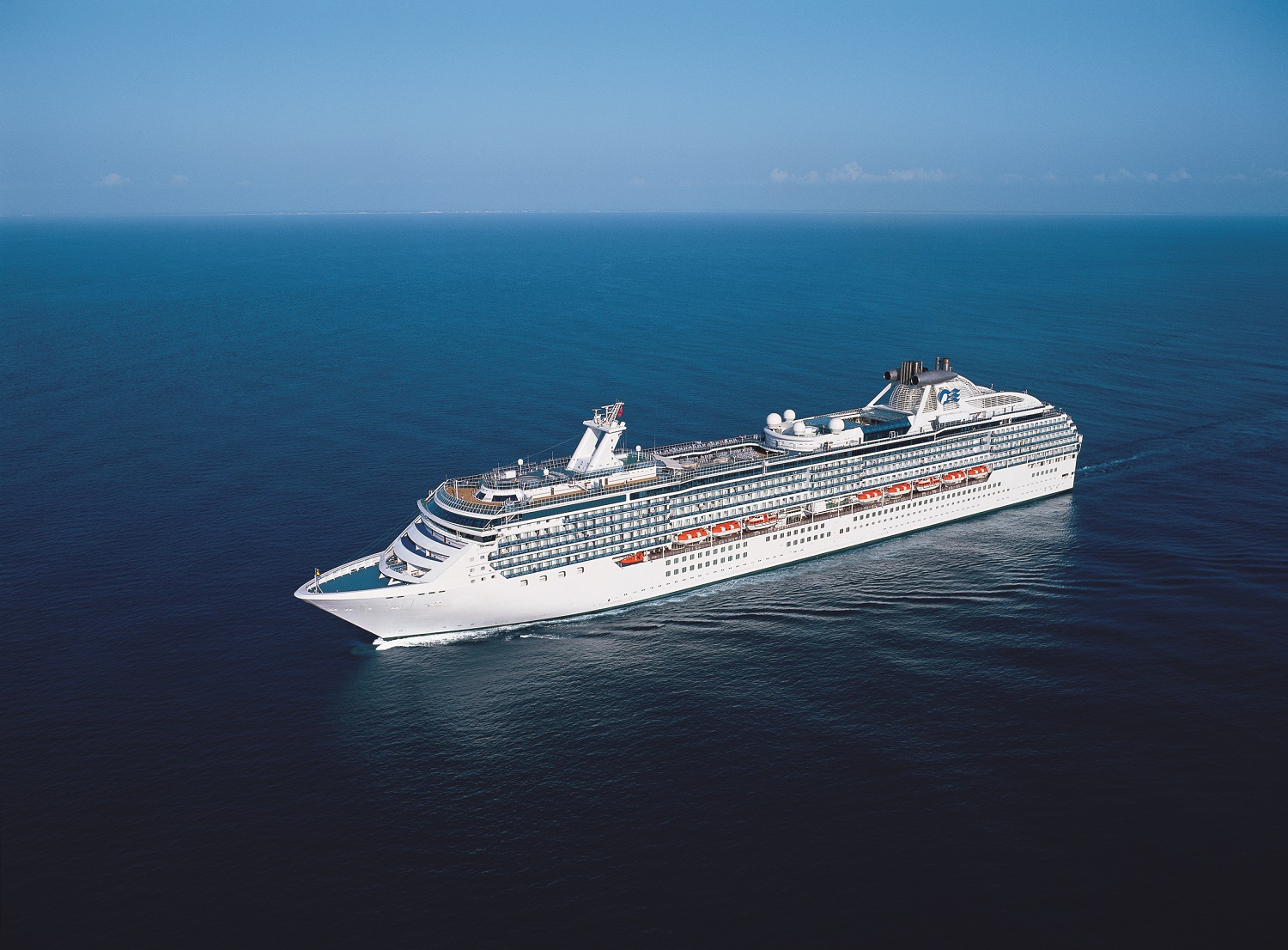A Carnival of Horror
10.08.2020

The idea of floating around the world in a bubble of luxury is so ingrained that it feels like it’s been here forever. It’s a bit of a shock when you find out it’s really only fifty years old. Recent COVID-19 nightmares have placed the industry back in focus. With governments quarantining cruise ships and passengers left on board to fend for themselves, the ungoverned nature of these floating citadels is back in the spotlight.
Here are three non-pollution facts about the cruise industry that will make your toes curl. And please keep in mind that the average cruise ship creates ten times the equivalent pollution per passenger than an equivalent air flight:
1) On 1 February 2020 a passenger from the Diamond Princess cruise ship tested positive for Coronavirus. This was the first recognised outbreak outside Wuhan Province, China. Ships have always been germ carriers. The term quarantine is from the days of the Black Death when forty ships were required to ‘sit tight’ in an Italian port for forty days. In recent years the industry has seen outbreaks of e-coli, norovirus, flu and even chicken pox. When you take a cruise you are taking a risk, a risk never mentioned in brochures.
2) A cruise ship is the size of a small town in population standards. The largest ship carries 5,500 passengers, but there’s no legal requirement for recognised certified medical practitioners. This means passengers are taking their lives into their own hands whenever they board. This is further exacerbated by the lack of proper medical facilities and not helped by repeated lobbying to stop effective legislation.
3) Cheap cruising comes at a cost – cruises are only accessible to middle incomes because the ships fly a flag of convenience. A flag of convenience means a cruise ship can be registered anywhere in the world. What this really means is that cruise companies register their ships in countries with low taxes and no employment laws. One cruise company, Carnival, avoided taxes of $700 million last year. But the human cost is worse. Many cruise ship employees live in sardine like conditions and are paid as little as $2 an hour. When employees have tried to fight for their rights they have been forced into arbitration with personal costs they cannot afford.
Original article: Mother Jones